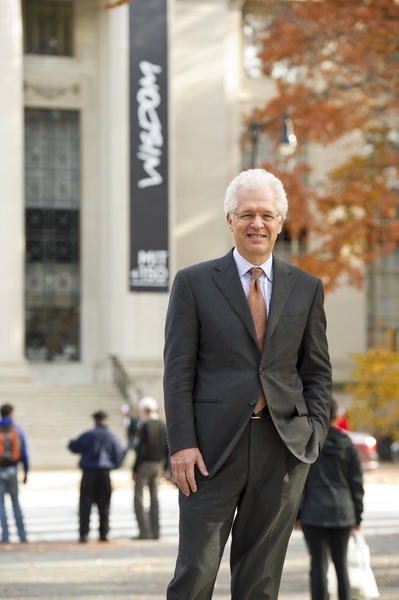Nuclear technology is inextricably bound up with great issues — energy, international security, climate change and the environment, to name a few. MIT’s Department of Nuclear Science and Engineering (NSE), as part of a broad re-orientation, has put in place a new strategic plan that will extend its groundbreaking work in nuclear science and the engineering of nuclear systems, while also explicitly tying the department’s education and research to the interactions of nuclear technology with society.
This evolution involves strengthening NSE’s core efforts in areas such as advanced simulation and modeling, the development of "extreme" materials, and advanced radiation sources, detectors and control, while also expanding the department’s boundaries to include additional interdisciplinary work. Partners include MIT’s Departments of Materials Science and Engineering, Mechanical Engineering, Physics and Political Science, as well as outside organizations such as the Institute for Nuclear Power Operations and Harvard’s Kennedy School of Government.
“We’re developing a more integrated view of world-class education in nuclear science and engineering, with a simultaneous focus on science, systems and society,” explains Department Head and Japan Steel Industry Professor Richard Lester. “Scientific fundamentals, engineering methods for integrating those fundamentals and technology components into safe, economically competitive nuclear systems, and an understanding of the way these systems interact with society and the environment.
“It grows out of a recognition that effective technical leaders in our field need to understand how the systems we work on interact with society along political, social, economic and environmental dimensions.”
Read full feature
Strengthens core, opens boundaries; seeks better integration of technical and societal issues.
Publication Date:

Caption:
Richard K. Lester, Japan Steel Industry Professor and nuclear science and engineering department head.
Credits:
Photo: Justin Knight





